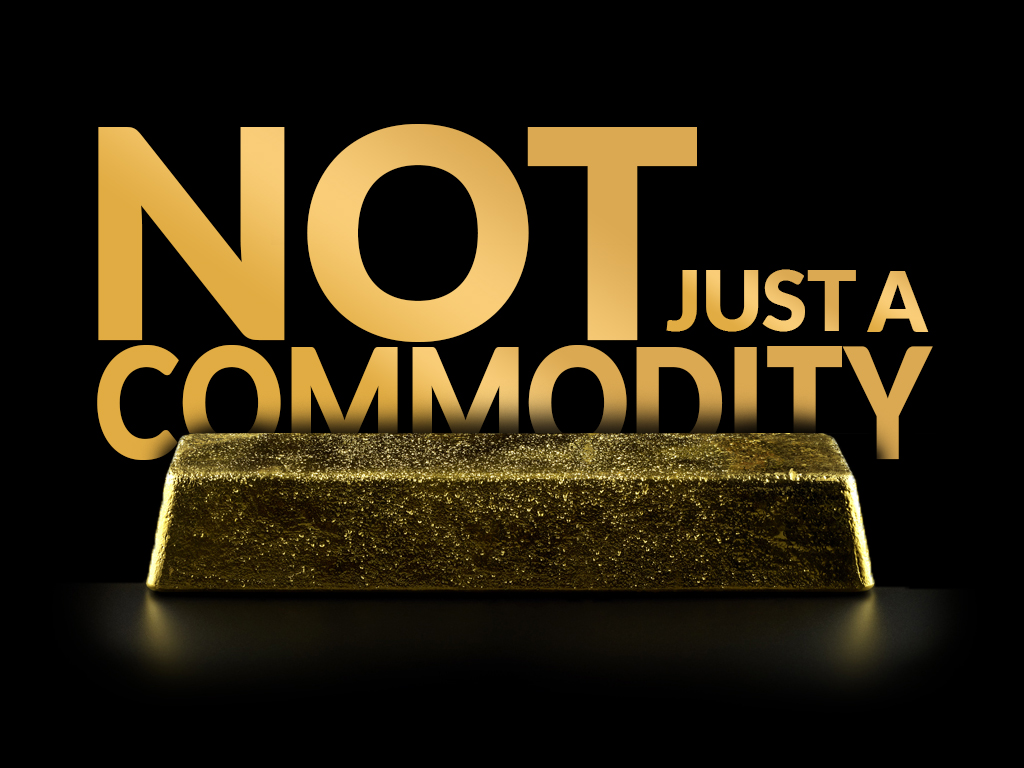الذهب - لا يُعد مجرد سلعة
- Home
- Information Center by DahabMasr
- الذهب - لا يُعد مجرد سلعة

الذهب - لا يُعد مجرد سلعة
Jan 19, 2022
By
omar.hamdy
0 comment(s)
الذهب - لا يعد مجرد سلعة
في الغالب يعتبر الذهب هو جزءاً من مجموعة من السلع أو المعادن النفيسة : كما أنه يُعتبر أحد مكونات مؤشرات السلع، أو يُشكل أحد عناصر صناديق الاستثمار المتداولة، و يتم شموله في تداول العقود الآجلة في بورصة السلع ، إلا أن هناك عدة اختلافات مهمة:
يُنظر إلى الذهب تقليديًا على أنه ملاذ آمن
الذهب هو سلعة استثمارية واستهلاكية في نفس الوقت
يُعد المعروض من الذهب متوازن، عميق وضخم
قيمة الذهب لا تقل بمرور الوقت ، على عكس معظم السلع التقليدية.
لذلك هذه الصفات تميز الذهب دوناً عن باقي السلع. حيث يشير بحثنا هذا إلى أن المميزات الفريدة من نوعها للذهب يمكن أن تعزز أداء المؤشرات الإستثمارية التي يدرج بها جزءاً كبيراً من الذهب من التعرض السلبي.
في الآونة الأخيرة، أدت التطورات في أداء وسيولة الذهب إالى زيادة قيمة مؤشرين رئيسيين للسلع وهما (S&P GSCI) و (Bloomberg Commodity Indices) و كان ذلك نظراً لزيادة وزن الذهب للعام الثاني على التوالي في عام 2020، حيث حقق الذهب أكبر حيازة في وزن السلع الفردية في مؤشر S&P GSCI ومن المرجح أن يكون له أعلى وزن على الإطلاق في مؤشر السلع بلومبيرج. ومع ذلك ، يشير تحليلنا إلى أن حصص الذهب في مؤشرات السلع هذه تظل أقل من وزنها الأمثل.
لقد تغيرت المفاهيم حول الذهب بشكل كبير خلال العقدين الماضيين ، مما يعكس زيادة الثروة الذهبية في الشرق والتقدير العالمي المتزايد لدور الذهب ضمن الملفات الاستثمارية المؤسسية.
يستحوذ الذهب على سمات فريدة، نظراً لأنه أصلاً نادراً وعالي السيولة وغير مرتبط بأن يكون أصل عالى التقلب على المدى الطويل، لذلك استطاع الذهب بمكانته الفريدة في الاستثمار بتحقيق متوسط عائد يقارب 11% على مدار الخمسين عامًا الماضية ، مقارنة بالأسهم و العديد من السندات والسلع الاخرى.
الدور التقليدي للذهب هو أنه (الملاذ الآمن) ، أي أنه ينفرد بقيمته في أوقات المخاطرة العالية والأزمات. ولكن الجاذبية المزدوجة للذهب كاستثمار وسلعة استهلاكية تعني أنه يمكن أن يولد عوائد إيجابية في الأوقات الجيدة أيضًا. ومن المرجح أن تستمر هذه الديناميكية، حيث يظهر هذا في حالات عدم اليقين السياسي والاقتصادي المستمر ، وأسعار الفائدة المنخفضة باستمرار والمخاوف الاقتصادية



 EN
EN